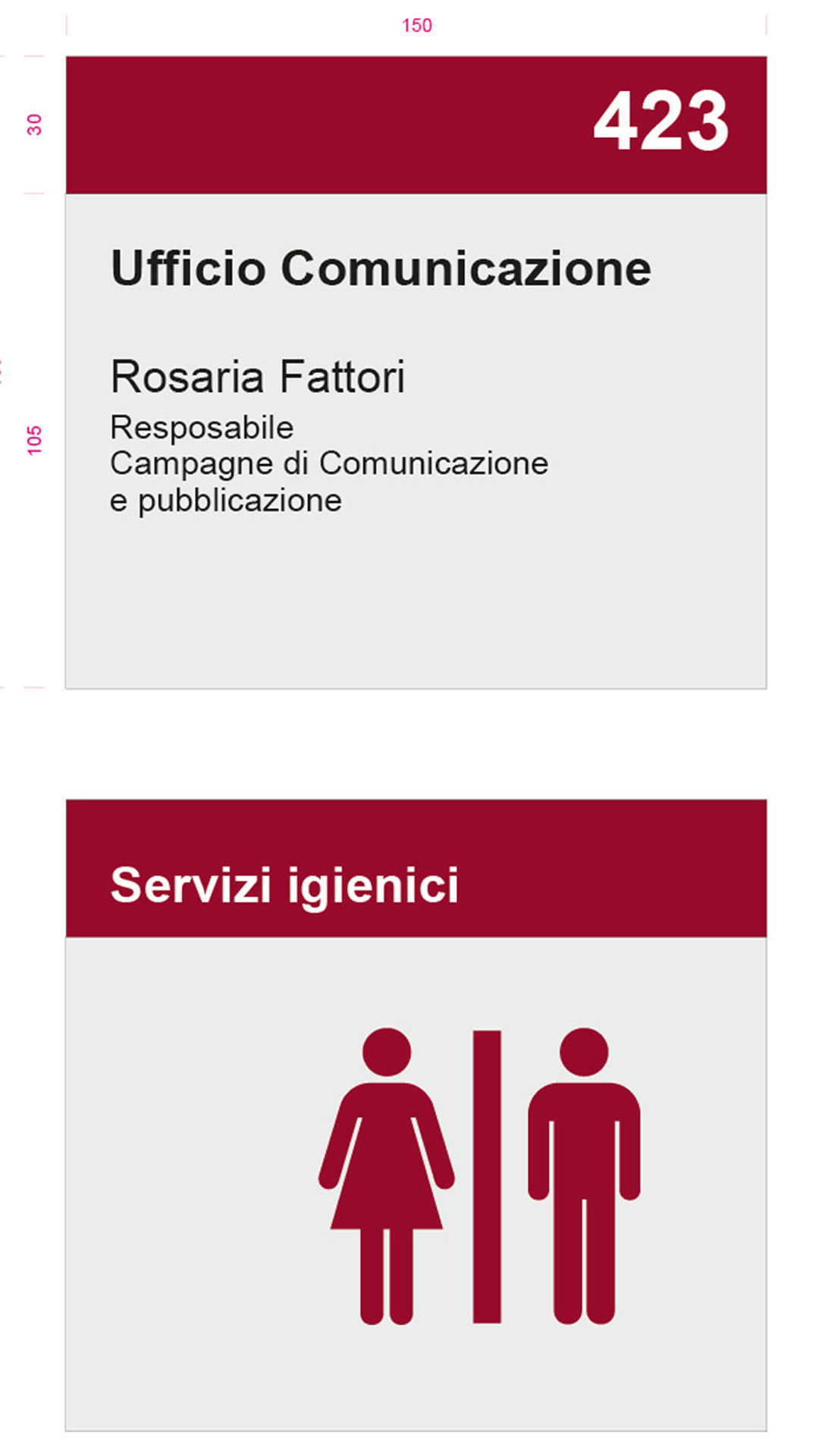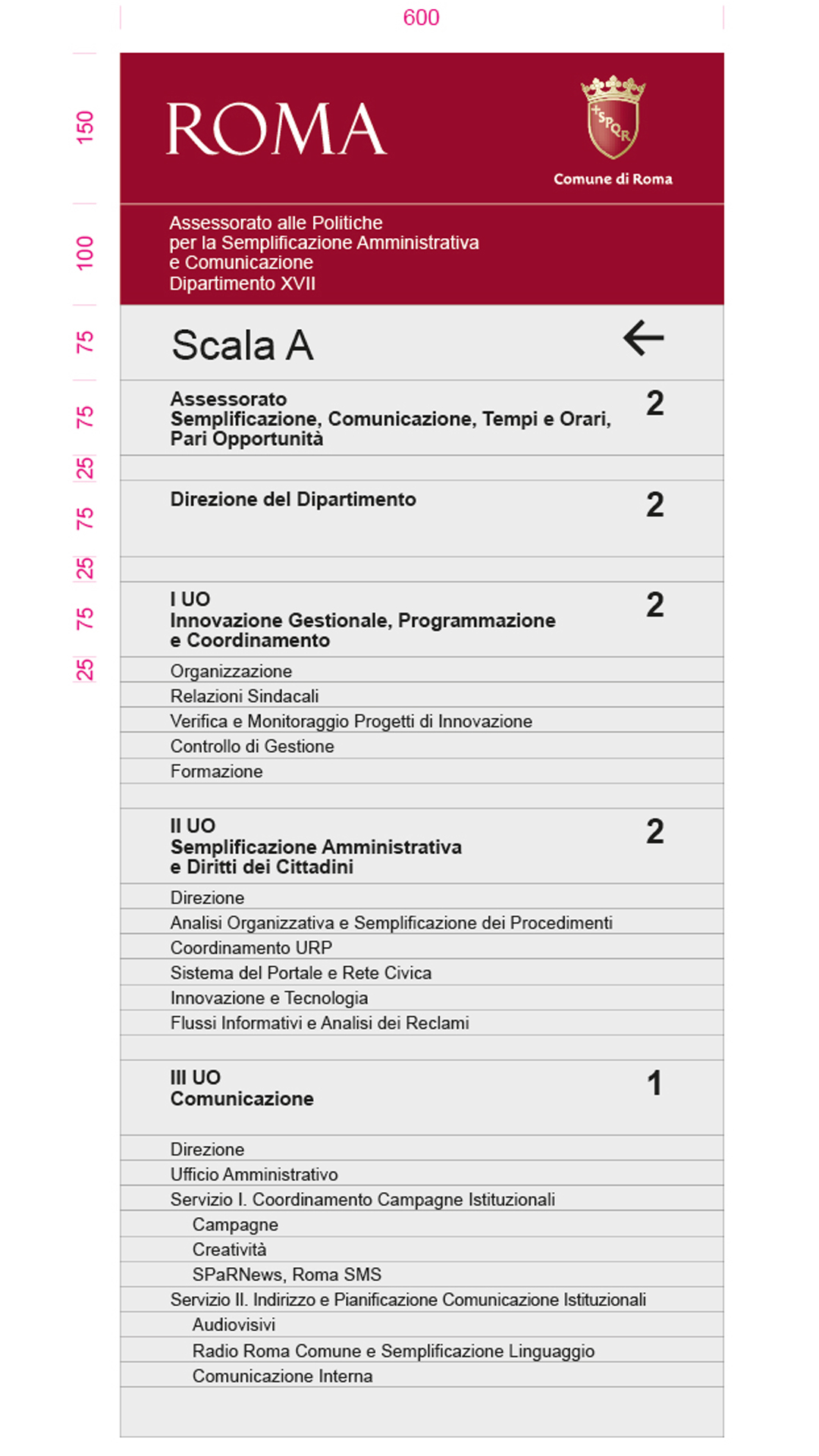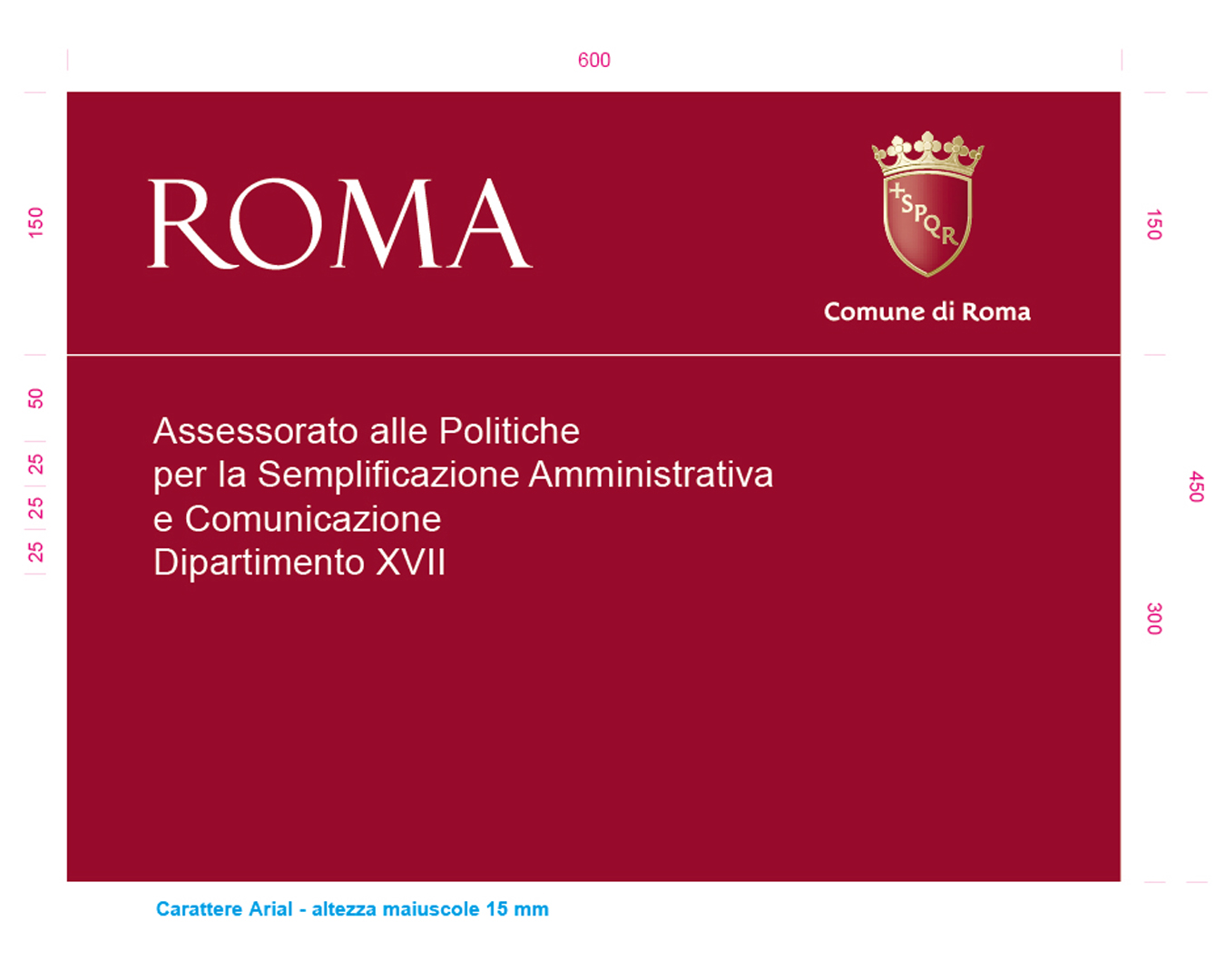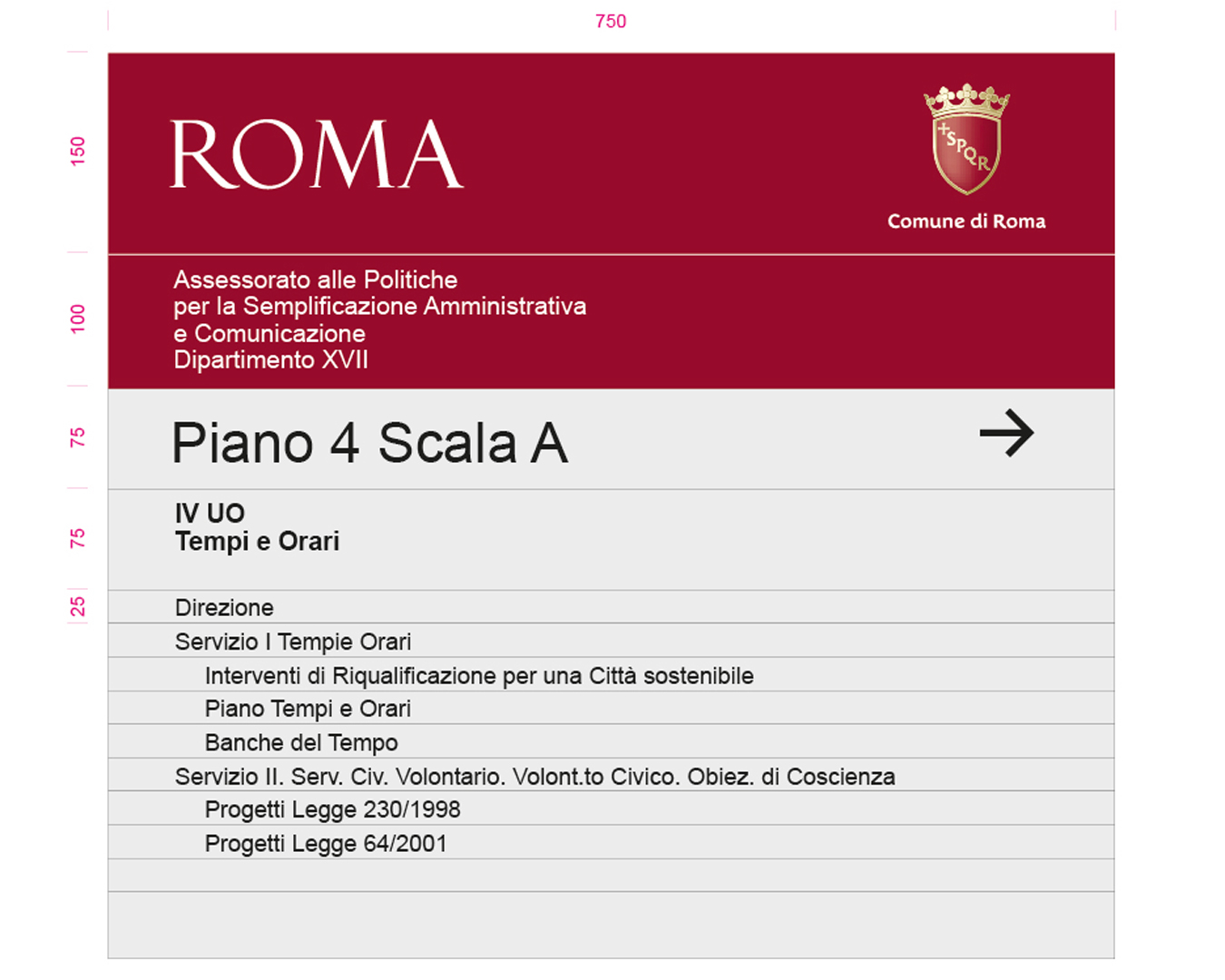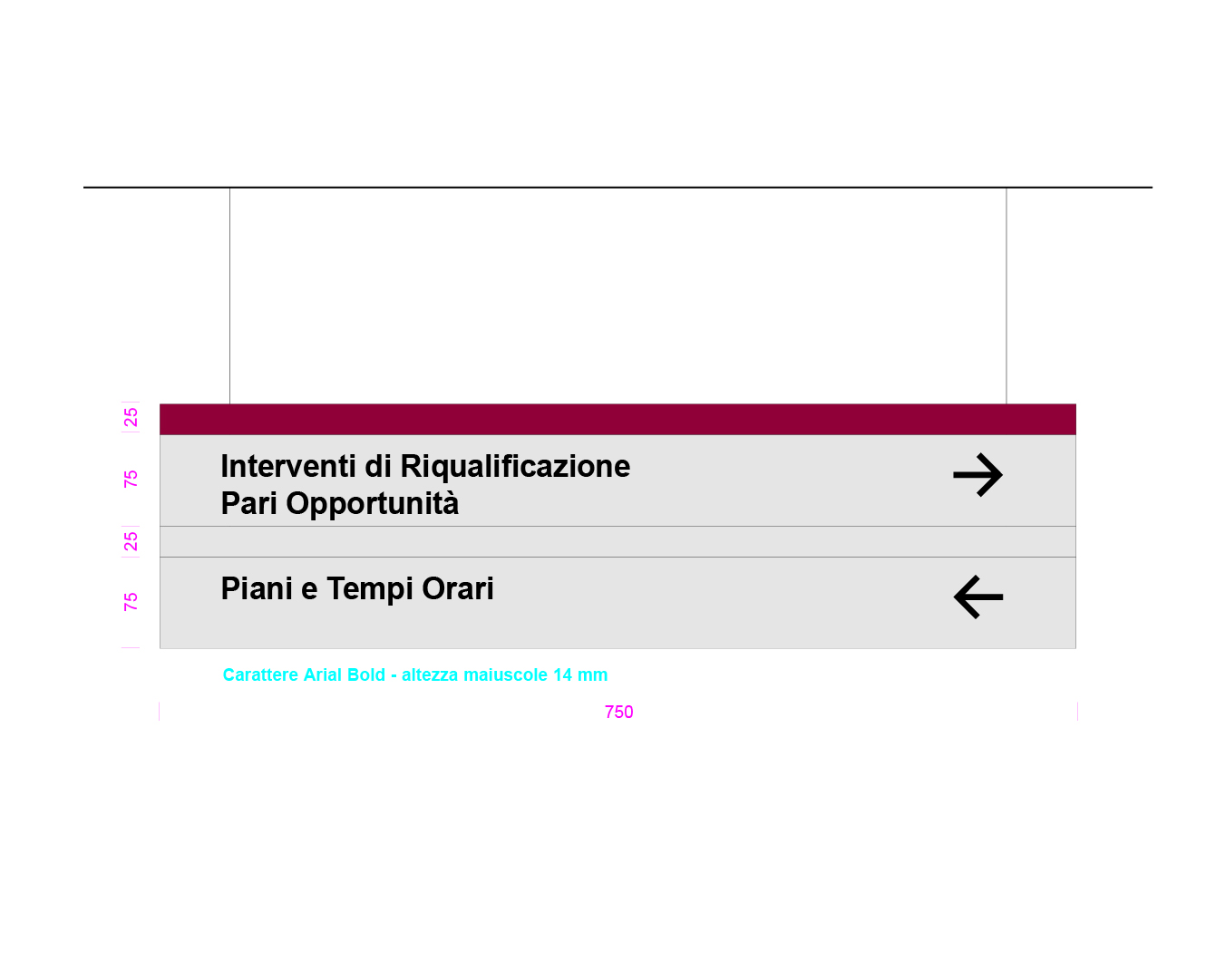Comune di Roma
The Capital’s Identity: From city to brand
Inarea supported Comune di Roma in an ambitious project aimed at transforming the city into a true brand, enhancing its historical and cultural heritage, and strengthening the evocative power of the word “Roma” on a global scale. The result is an authentic and emotional narrative that represents the city’s identity through its vision for the future.

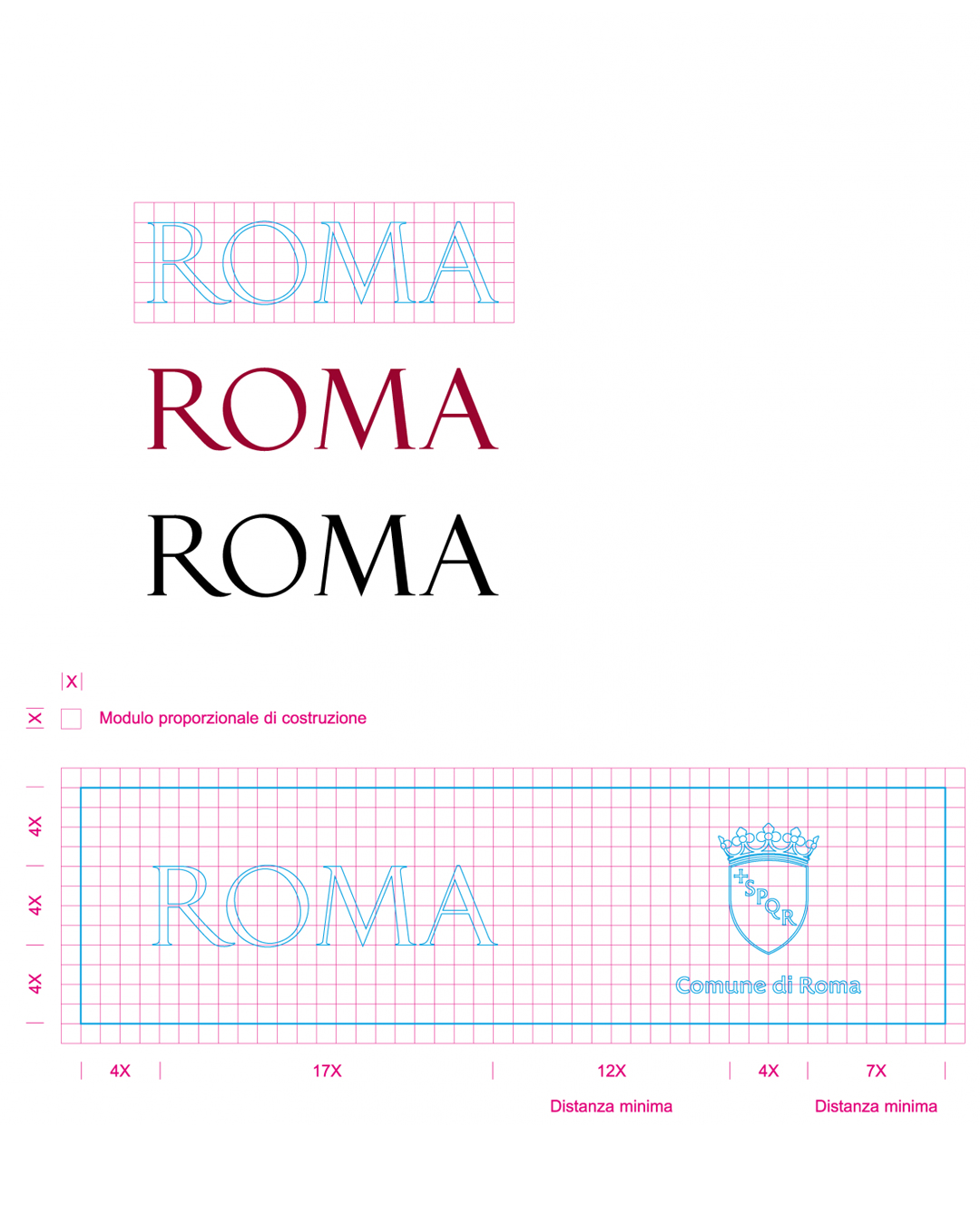
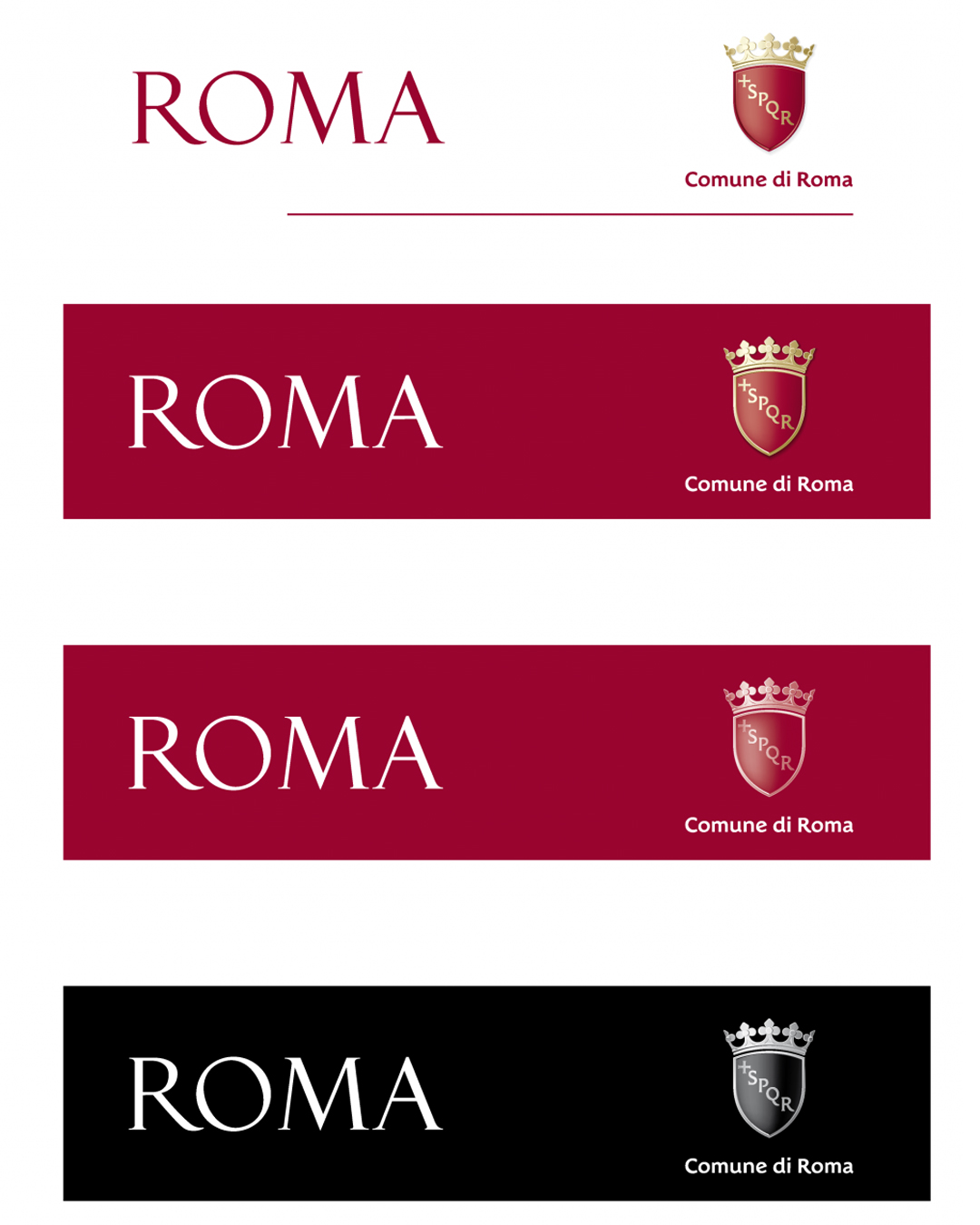
Brand Strategy and Brand Architecture: a coherent and recognizable identity
To translate this vision into a coherent language, a philological study of the city’s heraldic symbolism was carried out, in full respect of the municipal statute. This process made it possible to reaffirm ownership of the word “Roma” and to give it a distinctive typographic character through the definition of a dedicated logotype. In this way, a masterbrand was created to “sign” the city’s entire proposition: a container brand that enhances everything within it. It encompasses initiatives related to urban utilities — such as AMA for environmental services, ATAC, Metro, and Trambus for mobility — as well as municipal services like Roma Entrate, the city’s local revenue agency. The system’s structure, built around the consistent presence of the “Roma” logotype and the heraldic shield, has made it possible to unify the various components of the city’s ecosystem, ensuring coherence and visual consistency throughout.



The Identity System and Type Design: Rome through its character
The project defined an integrated identity system in which every element contributes to making the city legible and recognizable. The typeface, logotype, and other visual tools were designed to strengthen a unique and consistent urban identity, capable of conveying Rome’s historical and cultural values in a contemporary way.

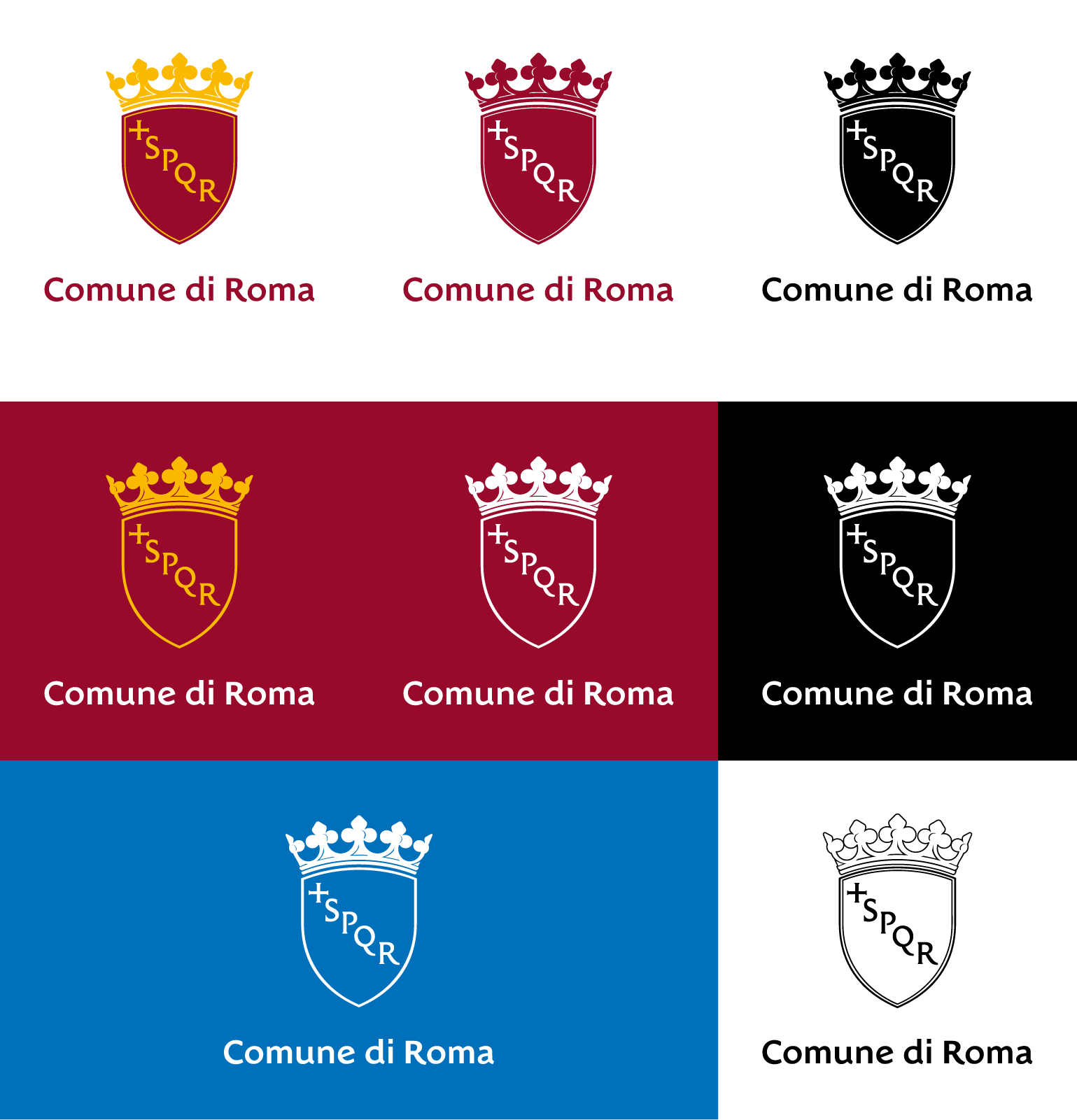
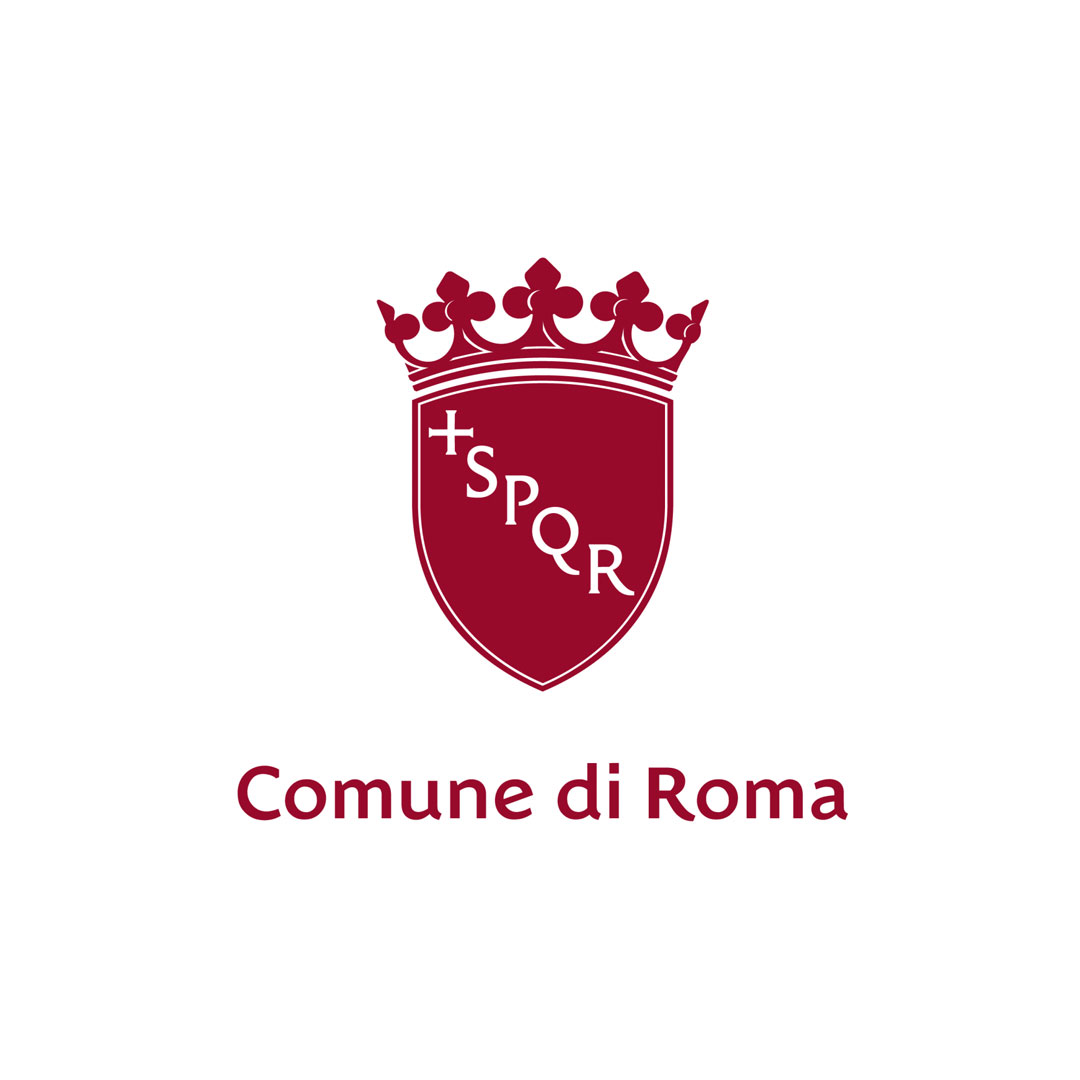
Signage & Wayfinding: guiding the city
The system also extends to signage and wayfinding, ensuring that both residents and visitors can easily navigate public transport and experience a complex city in a simpler way. More broadly, the project has transformed functional needs into a tangible and reliable identity, applicable across social, commercial, and institutional contexts, generating a renewed perception of the city on both a symbolic and international level.
